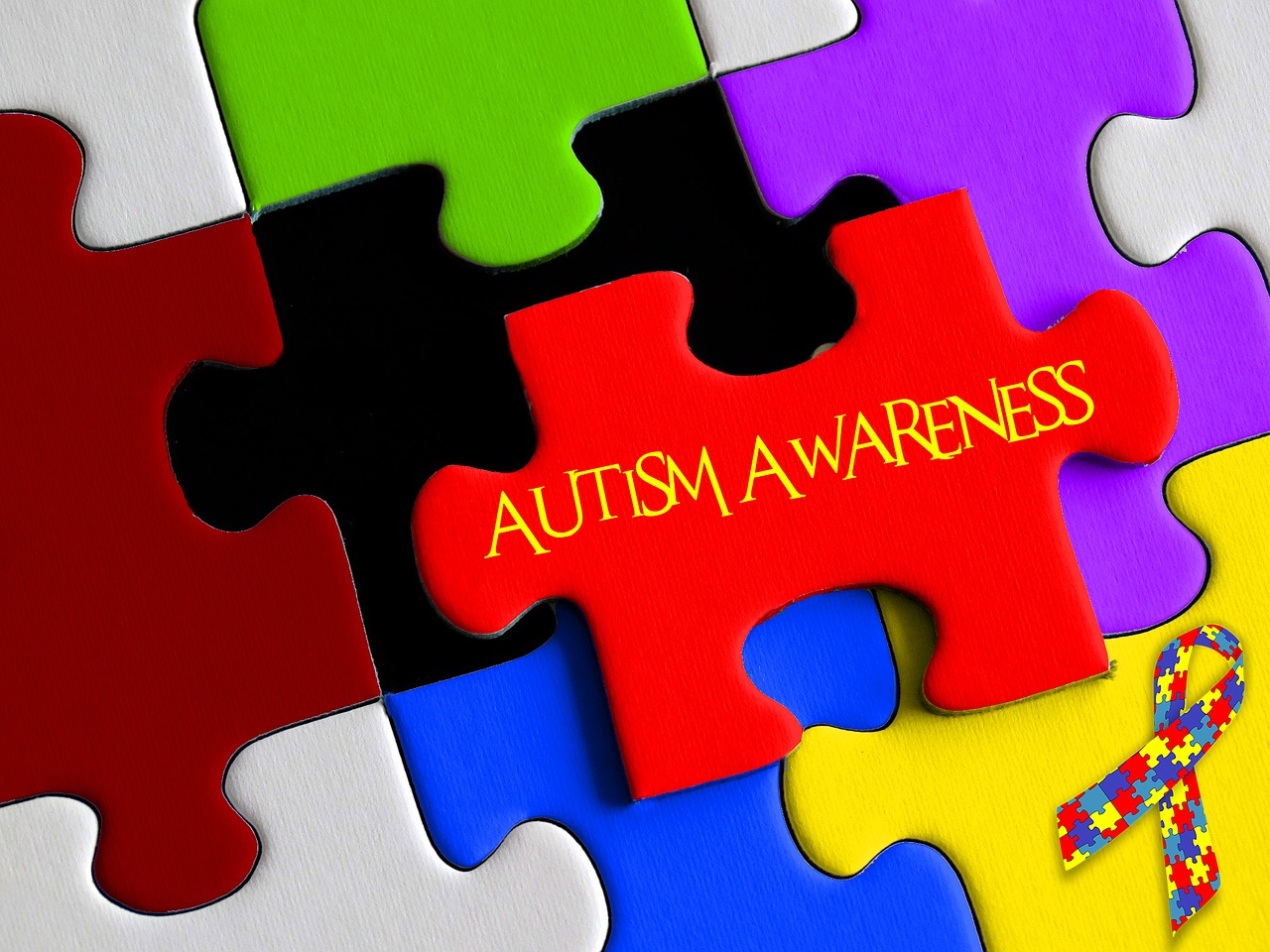 Today (Apr 2) is being observed as World Autism Awareness Day.
Today (Apr 2) is being observed as World Autism Awareness Day.
The day aims to spread awareness and focus on the hardship people, especially children, with Autism Spectrum Disorder (ASD) have to face everyday, which includes social exclusion.
Autism is a neuro-developmental disorder, mostly genetic, where the patient has restrictions with social interaction and communication. The early symptoms are usually noted in the first two-three years of a child’s life.
Sadly, often it is found that instead of empathizing with autistic people, especially children, we tend to make fun of them and exclude them from our so-called “normal” social circle. We forget that they are not “mad” but “special” children who needs a little more acceptance, understanding and love.
Here is how you can make things easier for children with autism:
1. Be consistent
Children with autism find it tough to apply a particular thing in different settings.
For example, what they learnt at the therapist’s chamber, will be hard for them to apply at home. So, try to maintain consistency in the child’s environment as much as possible. Try to switch therapy sessions to more than one place so and encourage him to deal with the changing situations.
2. Simple language
Since children with autism take time to understand what is being said to them, keep your language simple and short.
For example: Instead of saying “Let’s finish your breakfast now and then we will put on the shoes and go to the garden and play with a football”, say: “Finish breakfast, wear shoes, go to garden, play football”.
3. Non-verbal cues
Autistic kids have much difficulty in communicating and at times, parents/caregivers get irritated for not being able to decipher what they are trying to say. Look for non-verbal cues. These “special” children speak a lot via their body language. Watch out for specific sounds, facial expressions and gestures they make when they are hungry or tired or want something.
4. Be patient with tantrums
Autistic kids are prone to throwing tantrums when they are upset, get misunderstood, ignored, more so, because they have difficulty in communication and that’s only natural. It’s their way of telling you that they are feeling frustrated and need your attention. Be patient, pay more attention to their non-verbal cues and figure out the cause of outburst.
5. Don’t be sarcastic
It is understandable that it’s very difficult to be parent to a child with ASD. A sense of helplessness and depression may set in at times. But, don’t take out the frustration on the child. There is no point in using sarcastic language while communicating with an autistic child.
He will not understand. For example, He breaks a glass. You, tired after a hard day, feel annoyed and sarcastically say: “Great!” The child will take the comment on face value and “learn” that it’s “great” to break glasses.
6. Don’t be embarrassed
Yes, the society will say you have an “abnormal” child. But don’t be embarrassed if you are parent to an autistic child. Autism is not a disease, but a neuro-disorder. If, out of the fear of social embarrassment, you confine the child to home, you are making things worse of both of you. Be proud that you have a “special” child.
7. Enjoy fun times
An autistic child is just like any other child. He needs his regular playtime. And it’s good for the parents as well, when both parents and the child spend some fun time together, away from all kind of pressure.
You may like to read
8. Travel at times
Just because you have an autistic child at home, doesn’t mean you will no longer be travelling and holidaying together.
You have to keep a few checkpoints in mind, like, role-play with vacation scenarios in advance. You must also pack essentials, including the child’s favorite toy or eraser to keep him calm and preoccupied. Also, make sure you have all the essentials that feature in his daily routine. Get ID tags.
9. Know trigger points
What is that particular thing which kicks off your child’s bout of anxiety – too much visual or physical stimuli? Know your autistic child’s trigger points and act accordingly.
10. Plan treatment
Before setting a treatment plan for your child, be clear on his specific needs. Ask yourself –
i. What are his strengths and weaknesses?
ii. What behaviors are being most difficult to handle?
iii. What important skills are your child lacking?
iv. What is the best way to make him learn – through seeing, listening, or doing?
v. What activities do your child enjoy that can be used in treatment?
(Suggestions by: Helpguide.org, Autismspeaks.org, Parents.com)
Big Wire













































